Materials Overview
We travel the whole world to handpick the stone we sell. We take regular trips to Italy, Spain and Portugal and have agents in China and India who know the quality we and our customers demand.
Not only that but Leinster Stone are also the largest manufacturer of Irish limestone outside the quarries themselves, thus supporting local businesses as best we can.
See what Stone we have in stock
Marble
Marble is a metamorphosed limestone composed mainly of calcite or dolomite or a combination of these carbonate minerals. Marble is formed from limestone by heat and pressure in the earth’s crust.
Recrystallisation of limestone occurs causing the texture and makeup to change. Impurities present during this process resulted in a wide variety of veining and colours. For example:
This recrystallisation process makes the structure of the rock more solid and enables the stone to take a high polish. Softer and more porous than granite, marble is more suitable to bathrooms more than kitchens.
LIMESTONE
Limestones are sedimentary rocks created by the accumulation and compression of fossils and/or stone fragments, such as quartz and calcium. The White Stones also consist of compressed accumulations of fossils and/or calcium fragments, with a texture which is soft and easily workable. Certain types are suitable for both indoor and outdoor use. The majority of these limestones cannot be polished and are delivered with a lightly honed finish. The best known examples are the French white limestones, but other high quality types are available from Portugal, Turkey, etc. These types can be used for flooring, fireplaces, statues, etc.
Granite
Granite is a hard natural igneous rock.
One of the oldest but most durable natural stones available. It is the ultimate in kitchen design and no man made material can match its elegance and durability. The principal constituents of granite are feldspar, quartz, biotite and other minerals.
Various unique colours, textures, shades and patterns were a result of the minerals melting into the liquid mass in the formation process. (This is why patterns may vary)




